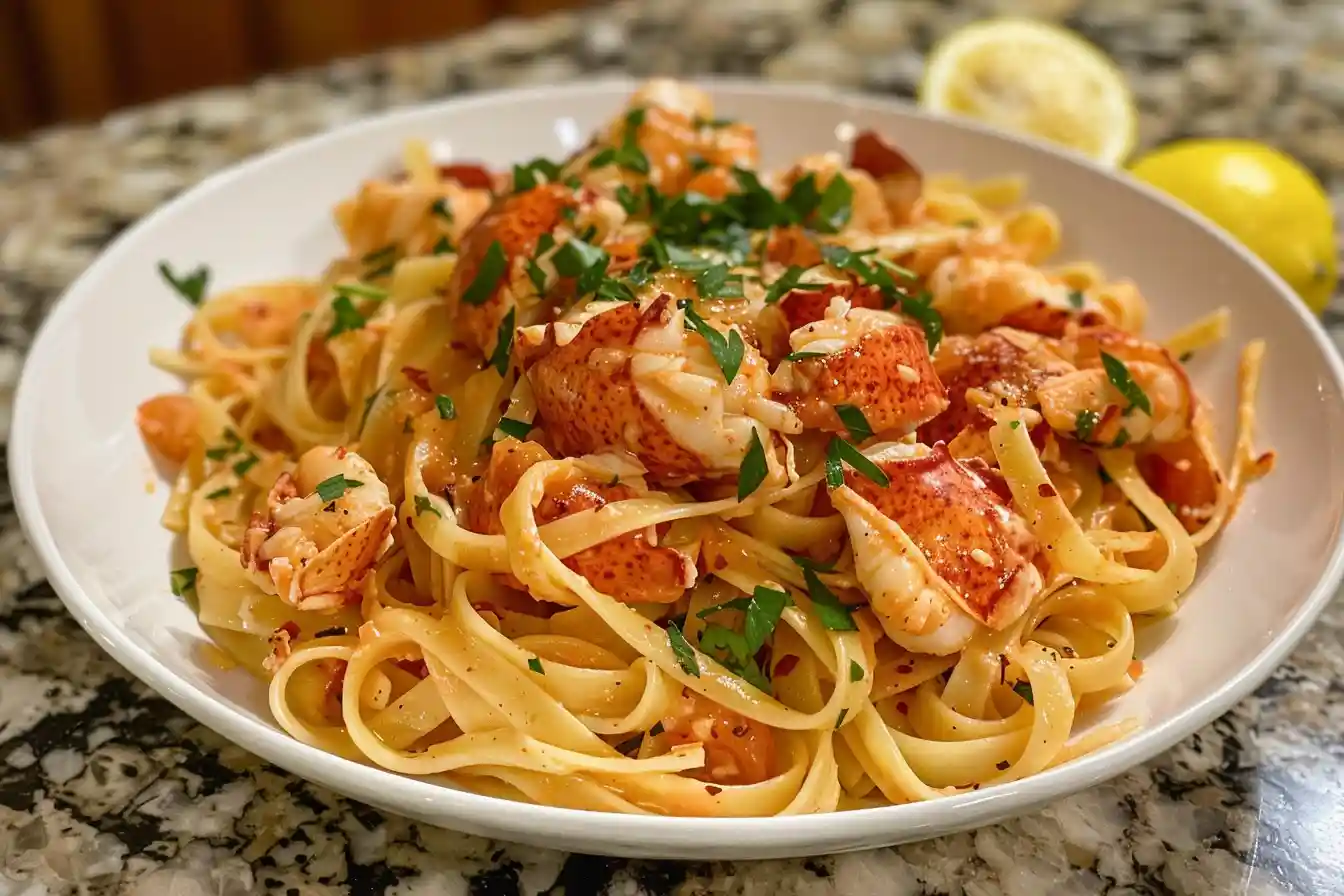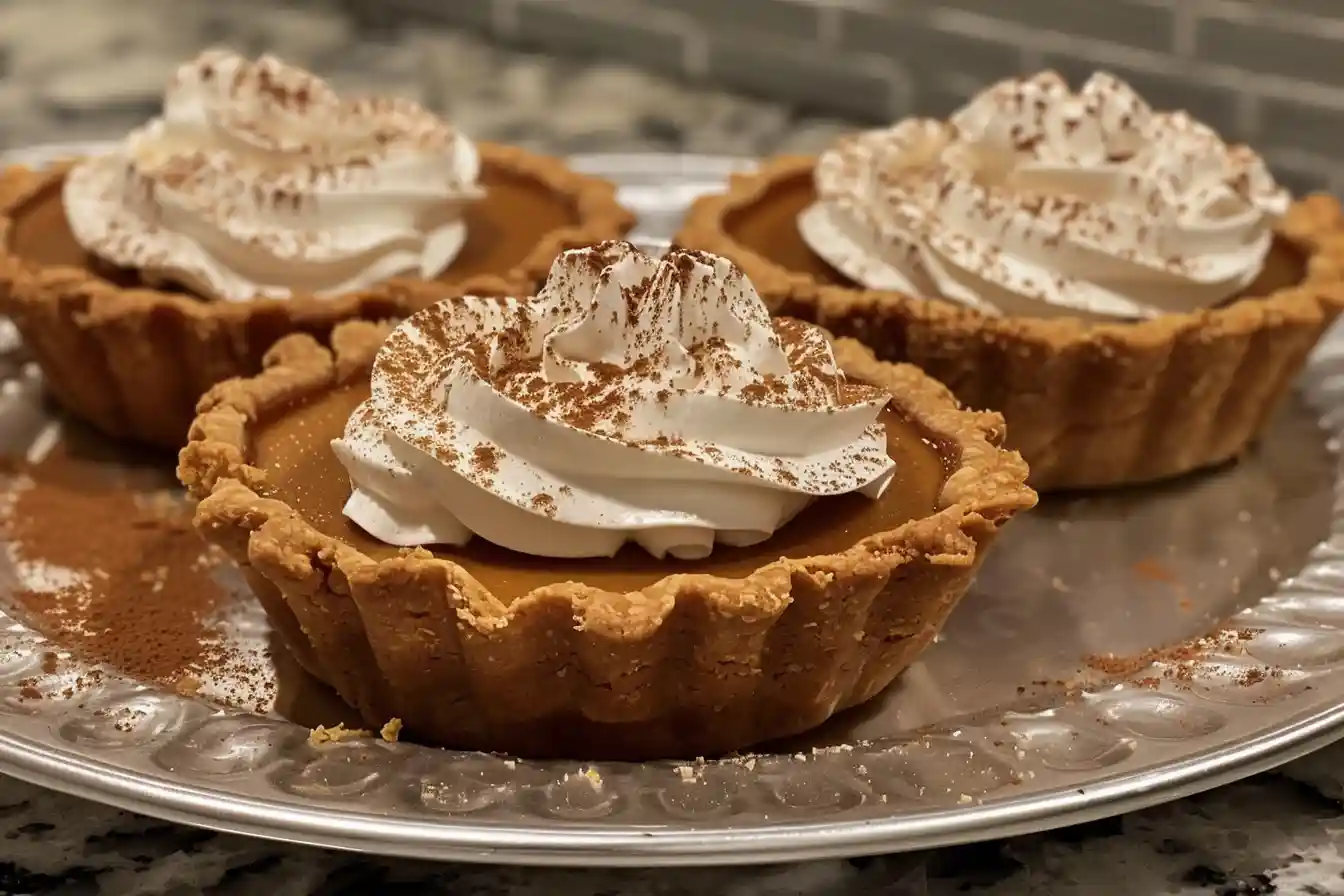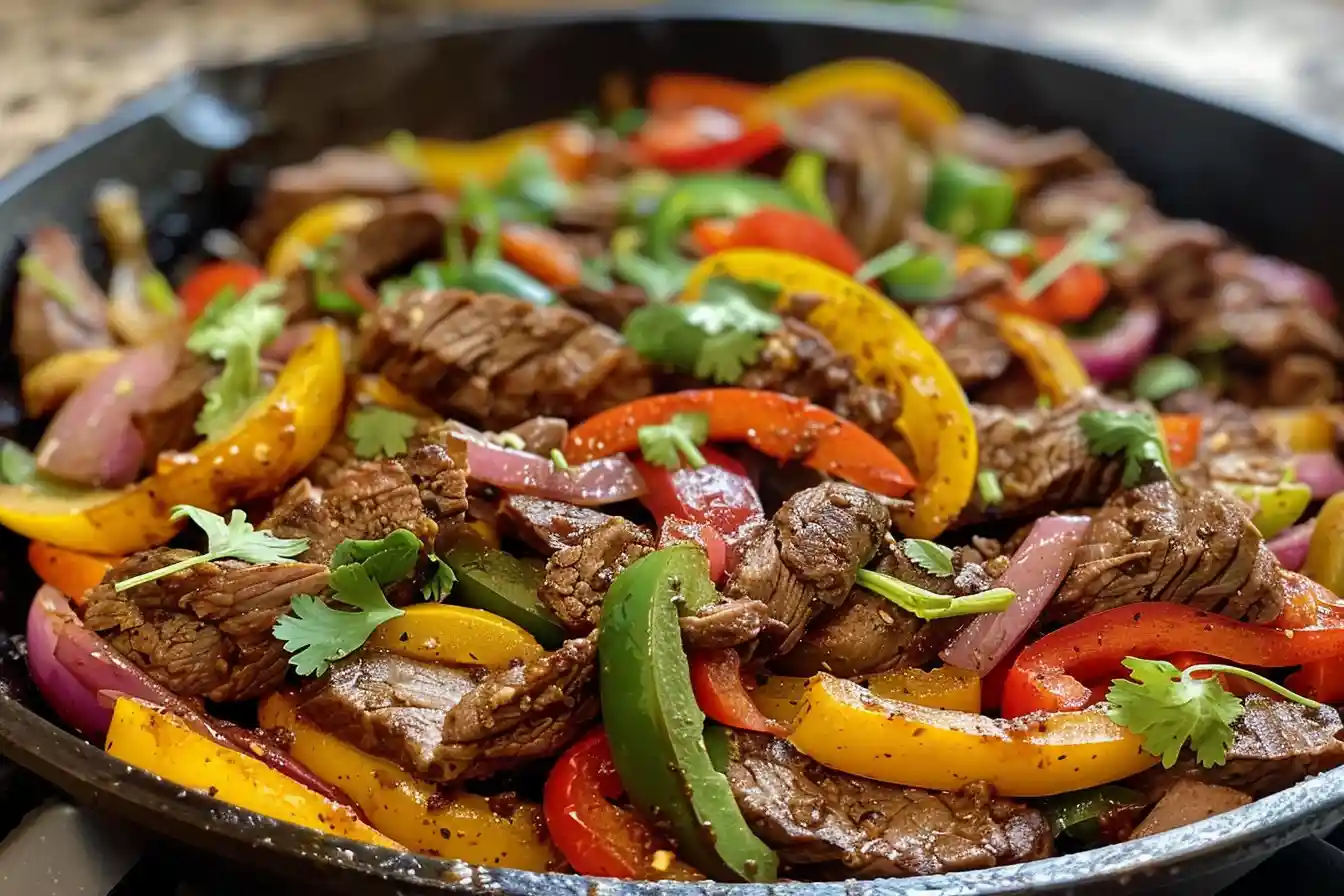What makes cookies chewy instead of crispy? This is a question that has puzzled many home bakers and cookie enthusiasts. Whether you’re a fan of soft, chewy cookies that practically melt in your mouth or you prefer a crispier bite, understanding the science behind cookie textures is essential to achieving your desired result. The texture of a cookie is influenced by several factors, including the ingredients used, the baking techniques employed, and even the cooling process after baking.
In this comprehensive guide, we’ll explore the secrets to making cookies chewy instead of crispy, and how you can tweak your favorite recipes to get the perfect consistency every time.
The Science Behind Cookie Textures
Before diving into the specifics, it’s important to grasp the basic science behind cookie textures. Cookies can range from soft and chewy to crunchy and crisp, depending on how the ingredients interact during baking. This interaction is influenced by the type of ingredients, their ratios, and how they are mixed and baked. When you understand how each component affects the final product, you can control the outcome with much more precision.
Importance of Understanding Cookie Chemistry
Cookie chemistry is more than just a curiosity; it’s the foundation of successful baking. By understanding how elements like sugar, fat, and flour contribute to the texture of your cookies, you can experiment with different combinations to create your ideal cookie. This knowledge also allows you to troubleshoot any issues that arise during baking, such as when cookies turn out too crispy or fail to spread properly.
Ingredients That Influence Chewiness
The Role of Sugar in Cookie Texture
Sugar is one of the most critical ingredients in determining the texture of cookies. The type of sugar you use—granulated, brown, or powdered—can dramatically affect whether your cookies are chewy or crispy. Brown sugar, which contains molasses, adds moisture to the dough, making cookies chewier. In contrast, granulated sugar leads to a crisper texture due to its ability to absorb moisture and create a drier dough.
How Butter Affects Chewiness
Butter plays a dual role in cookie texture: it provides fat, which contributes to tenderness, and it adds moisture, which helps achieve a chewy texture. The way butter is incorporated into the dough also matters. Creaming the butter with sugar incorporates air into the dough, which can make cookies lighter and chewier. However, melting the butter before adding it to the dough can result in a denser, chewier cookie because the melted fat coats the flour proteins more thoroughly, preventing gluten development.
The Impact of Eggs on Cookie Consistency
Eggs contribute both moisture and structure to cookies. The yolk, rich in fat, helps keep the cookies tender and chewy, while the whites provide structure by creating a stronger protein network as they cook. Using extra egg yolks or whole eggs can make your cookies chewier, while reducing the number of eggs can lead to a crisper texture.

Baking Techniques for Chewy Cookies
Temperature Control and Its Effects
Baking temperature is crucial when aiming for chewy cookies. A lower baking temperature allows the cookies to spread more and bake evenly, resulting in a softer, chewier texture. On the other hand, baking at a higher temperature can cause the cookies to set quickly on the outside while remaining gooey on the inside, which can sometimes lead to a crispier edge.
The Importance of Baking Time
Baking time is another key factor in cookie texture. If you want chewy cookies, it’s important not to overbake them. Removing the cookies from the oven when they still look slightly underdone allows them to finish cooking as they cool, retaining more moisture and softness. Conversely, leaving cookies in the oven until they are fully browned will yield a crispier cookie.
Cooling Methods That Retain Moisture
How you cool your cookies can also affect their texture. Cooling cookies on a baking sheet retains more moisture and keeps them chewier. For crispier cookies, transfer them to a wire rack immediately after baking, allowing more air to circulate and dry out the cookies.
Types of Flour and Their Role in Chewy Cookies
All-Purpose Flour vs. Bread Flour
The type of flour you use can have a significant impact on cookie texture. All-purpose flour is commonly used in cookie recipes, but if you want chewier cookies, consider using bread flour. Bread flour has a higher protein content, which promotes gluten development and results in a denser, chewier cookie. However, using too much bread flour can make cookies too tough, so it’s important to find the right balance.
The Effect of Protein Content in Flour
The protein content in flour determines the amount of gluten that forms during mixing and baking. More gluten generally means a chewier texture, which is why bread flour (with its higher protein content) can make cookies chewier. Lower protein flours, such as cake flour, will produce a more tender, crumbly cookie.
Using Alternative Flours for Texture Control
If you’re experimenting with different textures, you might consider using alternative flours like whole wheat, oat, or almond flour. These flours add different flavors and textures to your cookies. For example, oat flour can make cookies chewier due to its ability to retain moisture, while almond flour can create a softer, more tender cookie.
Moisture Content: The Key to Chewy Cookies
How to Increase Moisture in Cookie Dough
The moisture content of your cookie dough is crucial for achieving a chewy texture. One way to increase moisture is by adding more liquid ingredients, such as milk or water. Another method is to use ingredients that retain moisture, like brown sugar or honey. Additionally, underbaking the cookies slightly will help maintain their moisture content.
The Role of Liquid Ingredients
Liquid ingredients like milk, water, and even oils can influence the texture of your cookies. These liquids hydrate the flour and help dissolve sugar, both of which contribute to a softer, chewier texture. Be careful not to add too much liquid, however, as this can lead to overly wet dough that spreads too much during baking.
The Significance of Resting Dough for Chewiness
Resting your cookie dough before baking is a simple yet effective way to enhance chewiness. Allowing the dough to rest gives the flour time to fully hydrate, which not only improves the texture but also deepens the flavor. Resting the dough in the refrigerator for at least 30 minutes, or even overnight, can yield a much chewier cookie.
The Role of Brown Sugar in Cookie Texture
Why Brown Sugar Makes Cookies Chewier
Brown sugar is a common ingredient in chewy cookie recipes, and for good reason. The molasses in brown sugar not only adds moisture but also helps the cookies retain that moisture during baking. This results in a softer, chewier texture compared to cookies made with white sugar alone.
The Science Behind Molasses and Moisture Retention
Molasses is a byproduct of sugar refining and is present in brown sugar. It has hygroscopic properties, meaning it attracts and retains moisture from the environment. This characteristic of molasses is what makes cookies made with brown sugar chewier, as they remain soft and moist for longer periods.
Substituting Brown Sugar: What to Expect
If you substitute brown sugar with white sugar in a recipe, expect a change in texture. Cookies will likely turn out crispier and lighter in color. You can also experiment with dark brown sugar, which has a higher molasses content and will make cookies even chewier and give them a deeper flavor.
The Effect of Mixing Techniques on Cookie Texture
The Creaming Method and Its Impact
The creaming method, where butter and sugar are beaten together until light and fluffy, is a standard technique in cookie baking. This method incorporates air into the dough, which helps create a lighter texture. For chewier cookies, you might want to reduce the creaming time to prevent too much air from being incorporated, resulting in a denser, chewier cookie.
Hand Mixing vs. Using a Mixer
Whether you mix by hand or use a mixer can also affect the final texture of your cookies. Mixing by hand gives you more control over the process and can prevent overmixing, which can lead to tougher, less chewy cookies. Using a mixer is convenient, but be cautious not to overmix, especially after adding the flour, as this can lead to gluten development, making the cookies tougher.
Overmixing and How It Leads to Crispy Cookies
Overmixing your cookie dough can lead to the development of too much gluten, resulting in a tougher, crispier cookie. This is particularly true if you’re using high-protein flour like bread flour. To avoid overmixing, mix the dough just until the ingredients are combined, and consider mixing in any add-ins like chocolate chips by hand.
Cookie Thickness and Its Influence on Texture
How Cookie Thickness Affects Chewiness
The thickness of your cookies plays a significant role in determining their texture. Thicker cookies tend to be chewier because they have more interior, which retains moisture during baking. Thinner cookies, on the other hand, are more likely to become crispier as they have less interior mass to retain moisture.
Tips for Rolling Out Dough for Chewy Cookies
When rolling out cookie dough, aim for a thickness that will help retain moisture. A good rule of thumb is to roll the dough to about 1/4 inch thick for chewy cookies. If you prefer even chewier cookies, you can roll them slightly thicker. Just be sure to adjust the baking time accordingly to ensure they cook through without becoming too crispy.
Shaping Techniques for Thicker, Chewier Cookies
Shaping your cookies before baking can also influence their final texture. For thicker, chewier cookies, consider shaping the dough into taller mounds rather than flattening them out. This helps the cookies spread less during baking, resulting in a thicker, chewier cookie with a soft center.

How to Make Crispy Cookies Instead of Chewy ?
The Science of Achieving Crispiness
If you prefer crispy cookies, the science behind achieving that texture is slightly different. Reducing moisture in the dough, increasing sugar content, and baking at a higher temperature for a shorter time are all techniques that contribute to a crispier cookie. Using white sugar instead of brown sugar and butter instead of shortening can also help achieve the desired crispiness.
Ingredient Adjustments for Crispiness
To make your cookies crispier, you can adjust the ingredients in your recipe. For example, using more white sugar and less brown sugar will reduce the moisture content, resulting in a crisper cookie. You can also increase the amount of fat, such as butter or shortening, which helps the cookies spread out and become thinner and crisper.
Baking Techniques for Crispier Cookies
Baking techniques are crucial for achieving crispy cookies. Baking at a higher temperature for a shorter period will cause the cookies to set more quickly, resulting in a crisp exterior and a tender interior. Additionally, allowing the cookies to cool completely on a wire rack helps them become crispier as they cool.
Common Mistakes That Lead to Crispy Cookies
Using the Wrong Sugar Ratio
One of the most common mistakes that lead to crispy cookies is using the wrong sugar ratio. If you use too much granulated sugar or not enough brown sugar, your cookies will likely turn out crispy instead of chewy. Balancing the sugar types correctly is key to achieving the texture you want.
Overbaking and Its Effect on Texture
Overbaking is another frequent culprit in creating crispy cookies. Even if the cookies appear soft when you first remove them from the oven, they will continue to cook and firm up as they cool. To ensure chewy cookies, take them out of the oven when they are still slightly underdone in the center.
Ignoring Cooling Techniques
Ignoring proper cooling techniques can also result in cookies that are crispier than desired. Allowing cookies to cool on the hot baking sheet can lead to further baking and crisping. If you want to retain a chewy texture, transfer the cookies to a wire rack as soon as they are firm enough to handle.
How Different Add-ins Affect Cookie Texture ?
The Impact of Chocolate Chips and Nuts on Chewiness
Add-ins like chocolate chips and nuts can influence the texture of your cookies. Chocolate chips, which contain fat, can add a layer of richness and contribute to chewiness. Nuts, on the other hand, can add a bit of crunch to your cookies, but too many can lead to a drier, crispier texture.
Using Oats for a Chewier Texture
Oats are a great way to add chewiness to your cookies. The fiber in oats absorbs moisture, helping the cookies retain it during baking. Oatmeal cookies are a perfect example of how oats can create a thick, chewy texture that’s also hearty and satisfying.
Add-ins That Make Cookies Crispier
Certain add-ins can make your cookies crispier. For example, using shredded coconut or cornflakes in your dough will add a crispy element to the finished cookies. Similarly, small candy pieces or toffee bits can create pockets of crispiness throughout the cookie.
Adjusting Recipes for Different Preferences
Modifying Recipes for Chewy or Crispy Results
If you have a favorite cookie recipe but want to adjust it for a different texture, there are several modifications you can make. For chewier cookies, try increasing the brown sugar, adding an extra egg yolk, or reducing the baking time. For crispier cookies, use more white sugar, bake at a higher temperature, and ensure the cookies are thin.
Testing Different Ingredient Ratios
Experimenting with different ingredient ratios can help you discover the perfect balance for your desired cookie texture. Start by adjusting one ingredient at a time, such as the amount of sugar or the type of flour, and note the changes in texture. This trial and error process can help you fine-tune your recipes.
The Role of Personal Preference in Cookie Texture
Ultimately, cookie texture is a matter of personal preference. Some people prefer a soft, gooey center, while others love a crisp, crunchy bite. Understanding the factors that influence texture allows you to customize your cookies to suit your tastes, ensuring that every batch is exactly what you’re craving.
Troubleshooting: When Cookies Aren’t Chewy Enough ?
Common Issues with Chewy Cookie Recipes
If your cookies aren’t turning out as chewy as you’d like, there could be several reasons. You might be overbaking them, using too much flour, or not incorporating enough moisture-retaining ingredients like brown sugar or eggs. Identifying the issue is the first step in achieving the perfect chewy cookie.
Quick Fixes for Improving Chewiness
There are a few quick fixes you can try if your cookies aren’t chewy enough. Adding a bit of extra butter or an additional egg yolk can help increase moisture. You can also try baking the cookies at a lower temperature for a longer time to allow them to set more slowly, resulting in a chewier texture.
How to Avoid Crispy Cookie Disasters ?
To avoid crispy cookie disasters, make sure you’re using the right ingredients in the correct ratios. Monitor your baking time closely, and don’t be afraid to pull the cookies out of the oven early if they look like they’re browning too quickly. Proper storage in an airtight container can also help keep cookies chewy for longer.
Understanding what makes cookies chewy instead of crispy? involves a combination of ingredient selection, mixing techniques, and baking practices. Whether you’re aiming for a soft, gooey cookie or a crisp, crunchy one, the tips and tricks outlined in this guide will help you achieve the perfect texture every time. By experimenting with different ingredients and methods, you can customize your cookies to suit your preferences, ensuring that every batch is exactly what you’re craving.





